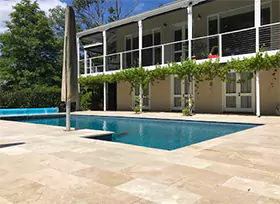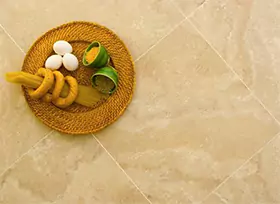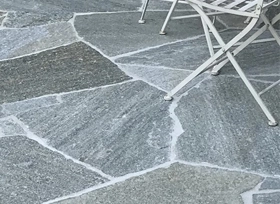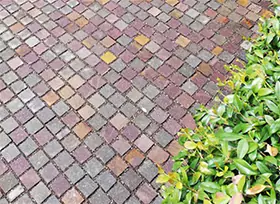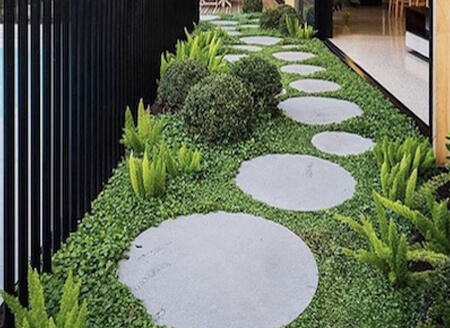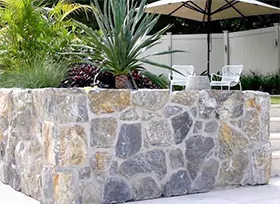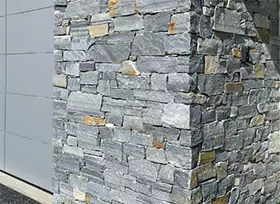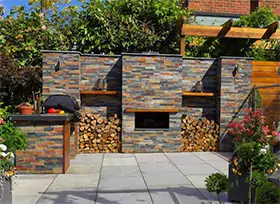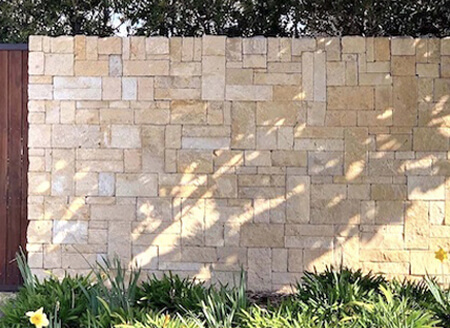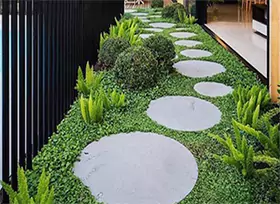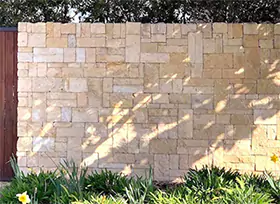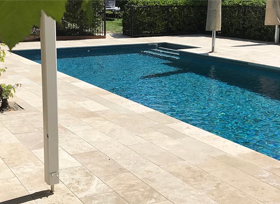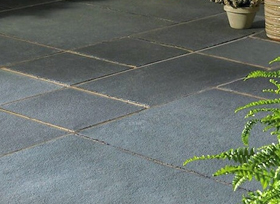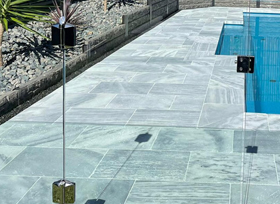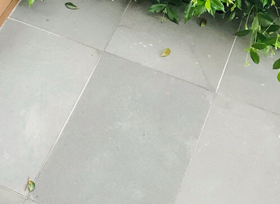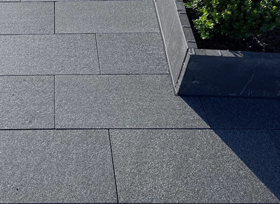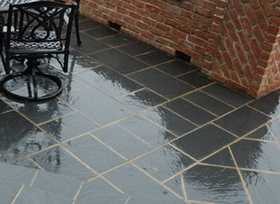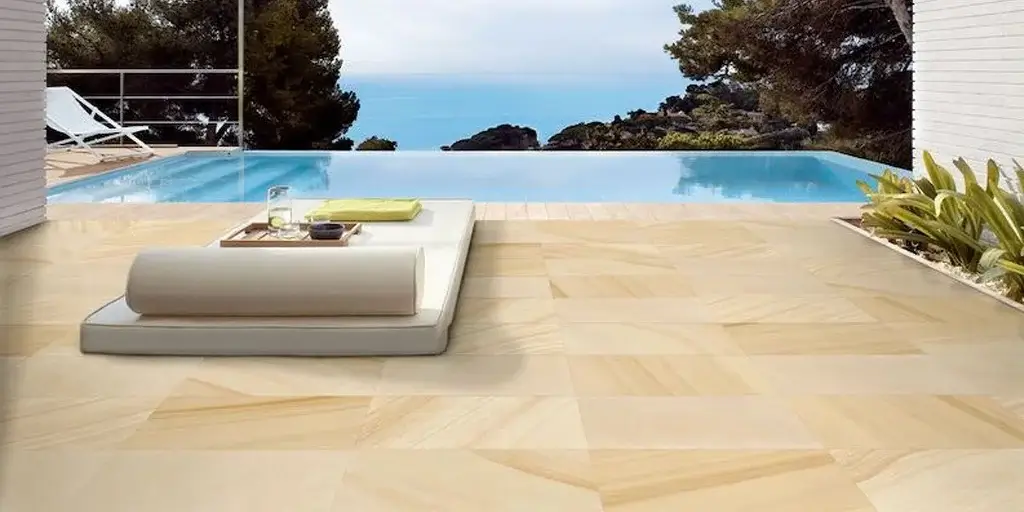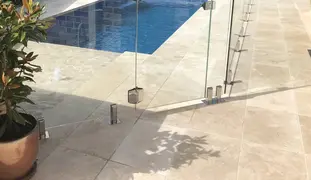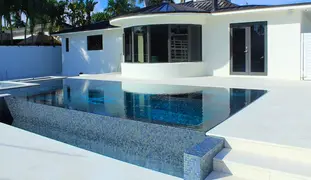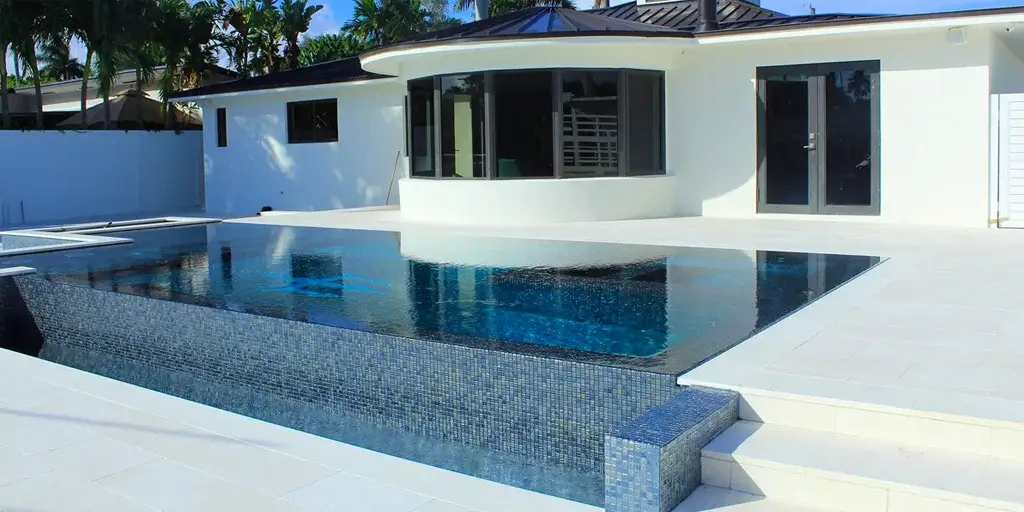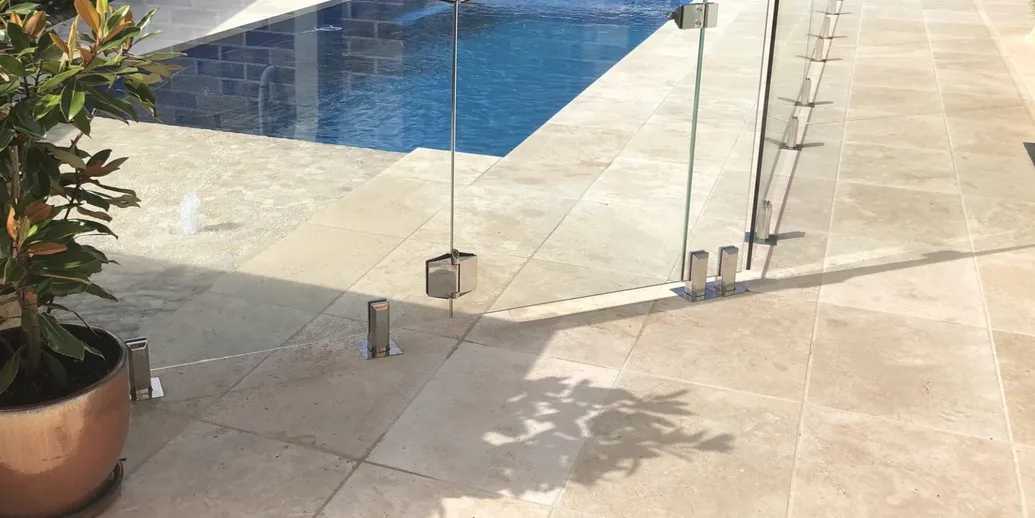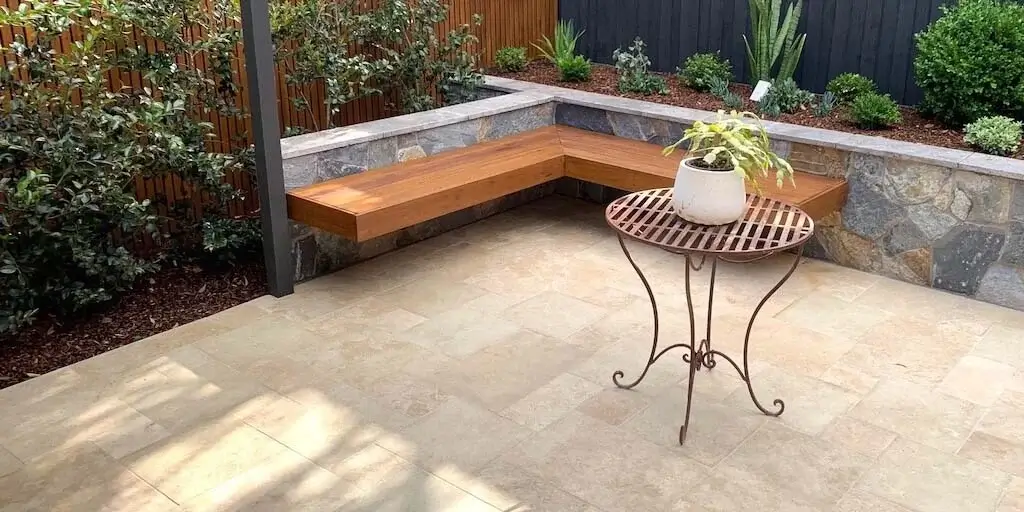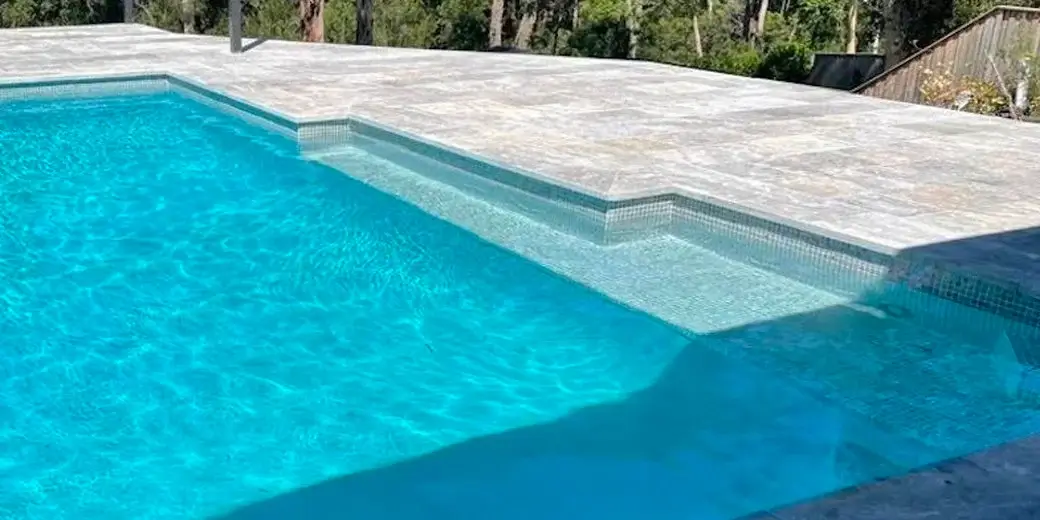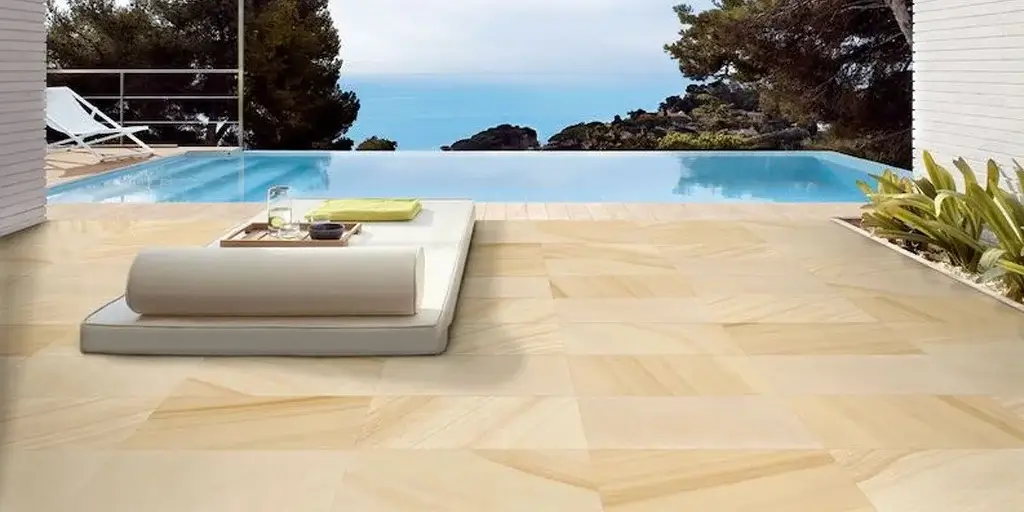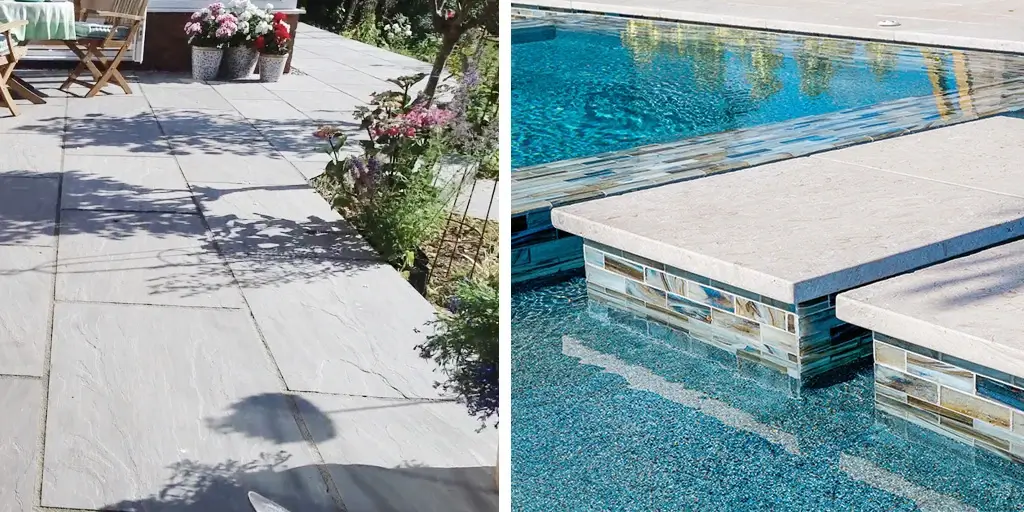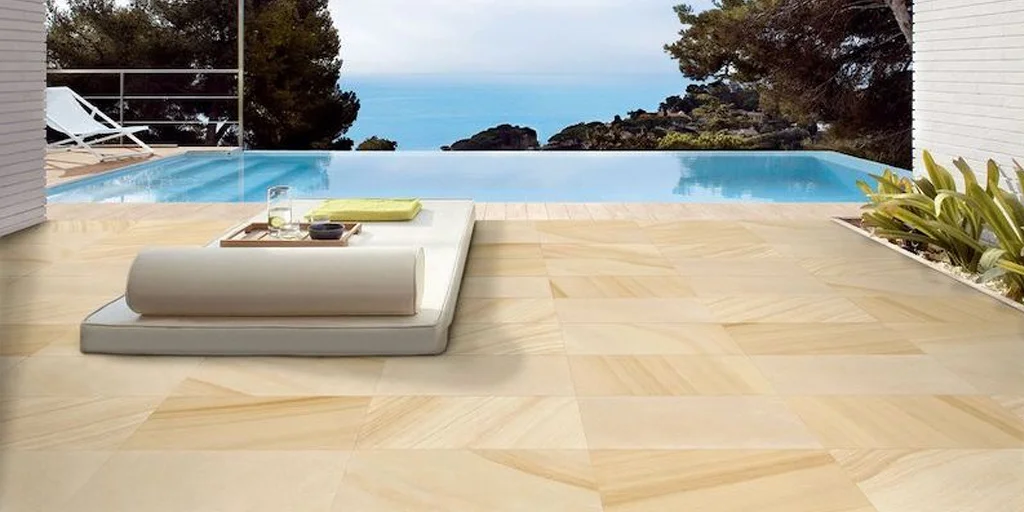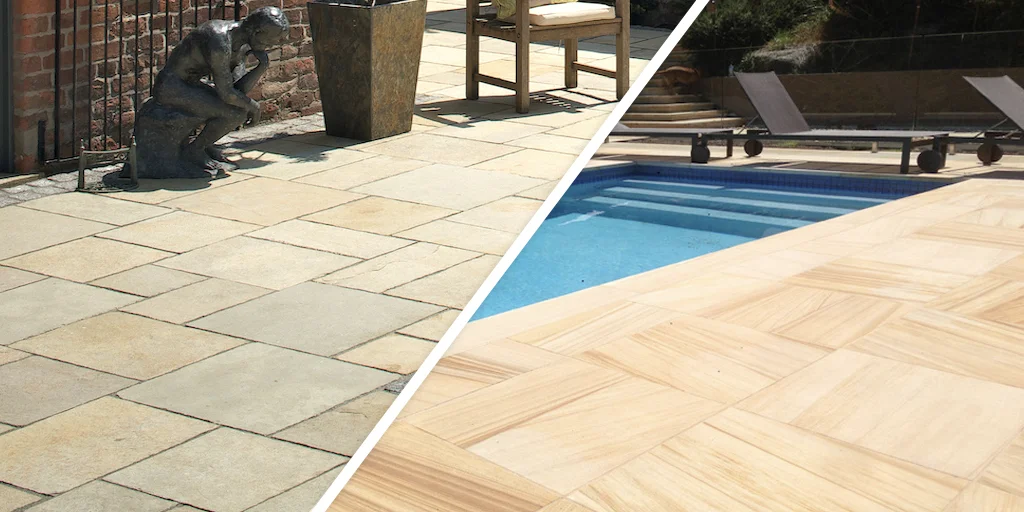Since prehistoric times, Sandstone has been utilised for household structures and household goods. Because of its relative softness, carving it is simple. It has been widely utilised to create houses, offices and other structures all across the world.
Let’s know how this stone is formed.
Sandstone Formation!
The process of recycling rocks over millions of years is known as the rock cycle. All three types of rocks (sedimentary, metamorphic and igneous) may change into new metamorphic rocks when they receive sufficient heat and pressure. A rock that has totally melted and cooled can change into a new igneous rock.
In order to create sedimentary rocks, preexisting rocks are broken apart and then cemented back together. Sandstone is probably the most well-known sedimentary stone. Sand-sized rock pieces and individual minerals that have decomposed from earlier rocks make up Sandstone.
Weathering is the breakdown of source rocks, the original rocks that eventually create the tiny grains of Sandstone. Rock fragments that break off from their source might be transported away or corroded. A rock chunk is more prone to break into little pieces the more it moves through the ice, water or wind. Moreover, some minerals present in rocks are more likely to endure the great distances that rock pieces must traverse.
A bowl-shaped basin on land or underwater may be filled with the resultant sand grains after a parent rock has been worn and eroded, owing to the external pressure from further waste dropping above and water moving through the grains. The new rock is solidified by the refined rock grains and fresh mineral growth that fills the voids between the grains.
Importance of Sandstone
Since ancient times, Sandstone—a kind of sedimentary rock—has been utilised in home building and household items. In addition to being a significant reservoir for water and petroleum, Sandstones are valued for their construction and paving qualities, which include their use in asphalt concrete. This makes them commercially significant.
Because Sandstones are relatively soft and, hence, simple to carve, they are frequently employed in the construction of structures, statues and fountains. Additionally, because of their exceptional resistance to weathering, Sandstones are widely utilised in building projects.
Sandstone Colour Range at Stone Depot
- Ash Grey Sandstone
- Teakwood Sandstone
- Himalayan Sandstone
- Tinted Mint Sandstone
- Sunrise Gold Sandstone
One of the most popular Sandstone colours is organic grey—Ash Grey Sandstone. It is the height of elegance and splendour. These pavers and tiles, which have a tumbled finish, complement both exterior and interior hardscaping. The delicate combination of grey and ash colour provides a special ambience that makes for a fantastic building material. These Ash Grey Sandstone may be used to pave the swimming pool deck, install flooring in the kitchen or living room or create a more classic and organic look. They are the most widely chosen option in Australia since they are robust, durable and organic.
Any external design is given a timeless, opulent look by Teakwood Sandstone. It is robust and long-lasting in addition to being aesthetically pleasing. They are appropriate for use in Australia since they can withstand extreme weather conditions, including intense sunshine and rain. Adding them to outdoor urban hardscape areas enhances the aesthetic appeal and value of any project.
One material that offers your outdoor space both a long-lasting alternative and a stunning beauty is Himalayan Sandstone. This natural material resists stains when kept clean and protected correctly. These natural stones should stay spotless if spills and stains are cleaned up right away. Their vivid tint, which resembles wood, gives a lovely touch to any area.
Tinted Mint Sandstone has a royal, natural appeal about it. Its patterns, colours, veins and grains go well with the pavement sections in both exterior and interior design. To improve the aesthetics of your spaces, you may create your own layouts. Australians’ top pick because they are robust and simple.
Sunrise Gold Sandstone accentuates the grandeur and organic beauty of your surroundings. Its patterns, colours, tints and veins are appropriate for paving areas in both interior and outdoor design. To improve the aesthetic attractiveness of your places, you may create your own layouts. Because they are durable and minimal, they are the alternative of choice for Australians.
Maintenance Tips
- Mopping Sandstone Tiles and Pavers
- Scrubbing Sandstone Pavers and Tiles
- Rinsing Sandstone Pavers and Tiles
- Treating Grout Stains on Sandstone
- Resealing Your Sandstone Floor
Wipe the cleaner on a section of the floor that is manageable, being sure to go deep into the grout and tile surfaces. Give the cleaner five to ten minutes to do its job. Keep the floor moist during this period; do not allow it to dry out.
To remove any dirt buildup, use the deck brush and hand brush to scrub the floor, being careful to massage the cleaner into the grout lines and tile pores. Use a mop to remove the slurry and unclean water; alternatively, a wet vacuum will be much simpler.
Use warm, clean water to rinse the area. Replace the soiled rinse water with new, clean water as soon as possible. You may use a fresh, dry towel or a soft, absorbent cloth to wipe up the floor and hasten the drying process.
You might need to apply a tiny bit of acid grout cleanser if there is discolouration in the grout lines. The acid in the grout cleaner will erode the travertine surface, so take care not to get it on the tiles. Continue washing the travertine until the floor is as spotless as possible. Next, proceed to the following section of the floor.
You must reseal the floor using an impregnating stone sealer, a topical stone sealer or an impregnating stone sealer followed by a wax finish after it has been thoroughly cleaned to your satisfaction.
The Bottom Line
In conclusion, knowing how Sandstone forms offers insight into its importance and practicality in various settings. Since ancient times, people have used Sandstone—a sedimentary rock created by the erosion, movement and solidification of sand-sized particles and minerals—because of its strength, beauty and simplicity of cutting.
Sandstone is an essential resource for building, pavement and ornamental components in residential and commercial domains. The diverse array of hues and patterns found in sandstone variations, such as Ash Grey, Teakwood, Himalayan, Tinted Mint and Sunrise Gold, provide adaptability in terms of design and resilience to weathering, rendering them perfect for use in both indoor and outdoor environments.
Stone Depot stands out as one of the top wholesalers, providing a wide variety of sandstone tiles and pavers for customers looking for high-quality sandstone goods. Stone Depot offers clients premium sandstone solutions that are customised to satisfy a range of practical and aesthetic purposes. The company is known for its dependability and dedication to quality. We offer various Sandstone options to suit residential and commercial applications, guaranteeing great craftsmanship and satisfaction in every undertaking.
*Disclaimer: All information and advice given above in the blog are to the best of our knowledge. Please reconfirm at your end before execution.



